
Squadron Energy shows community initiative through Best Practice Charter Report
A myriad of significant community programs and local initiatives supported by Squadron Energy have been featured in the latest Best Practice
Our projects
Expected capacity
Planning
Local government area

A myriad of significant community programs and local initiatives supported by Squadron Energy have been featured in the latest Best Practice

Since April 2024, Squadron Energy has been participating in the highly competitive South West Renewable Energy Zone (REZ) access rights
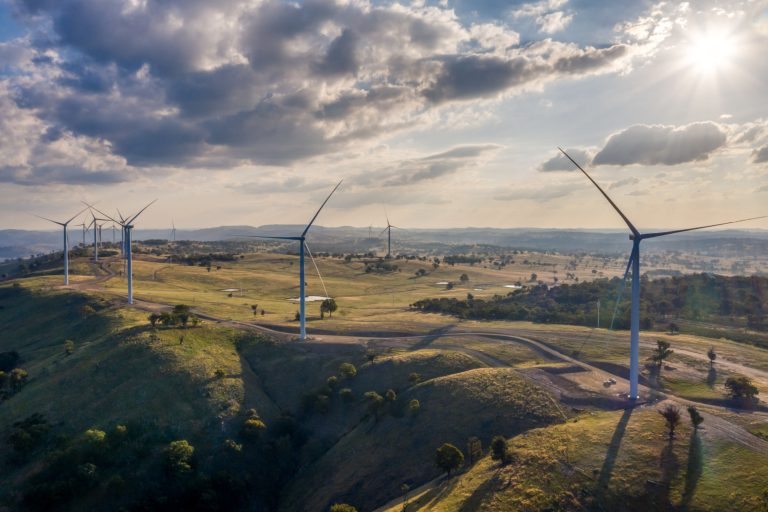
Squadron Energy welcomes progress on the implementation of the Federal Government’s Developer Rating Scheme, which aims to promote best practice engagement among
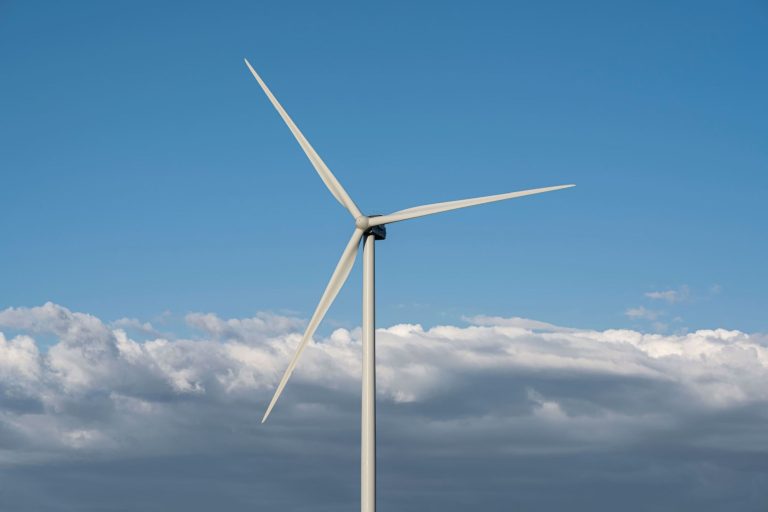
Curious about wind energy and how wind farms work? Here are the answers to some of our most frequently asked questions at

The project entered the NSW planning system in May when the Secretary’s Environmental Assessment Requirements (SEARs) were requested. A Scoping
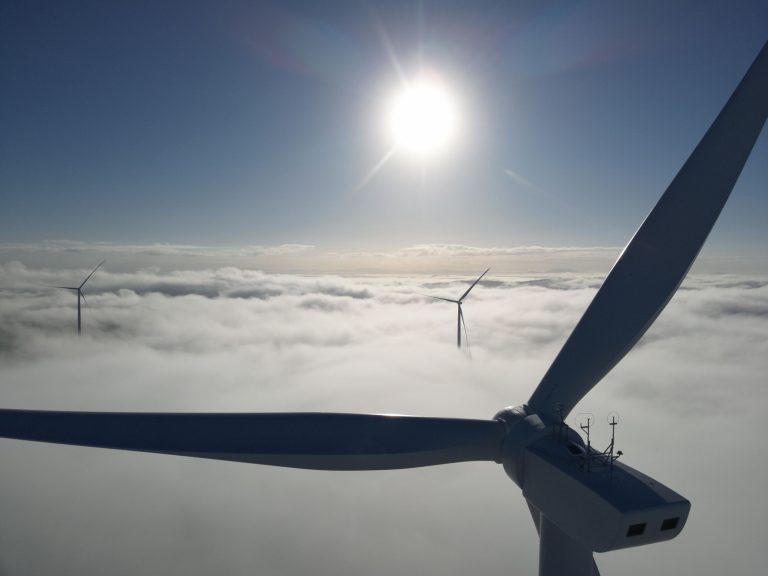
It has been a busy year for Squadron Energy. Read about our progress this year in our Year in review.

The latest Electricity Statement of Opportunities (ESOO) from AEMO is a welcomed confirmation that renewable energy generation is on track to replace exiting coal

The Scoping Reports for Gol Gol Wind Farm, Gol Gol Solar Farm and Gol Gol Battery Energy Storage System (BESS)
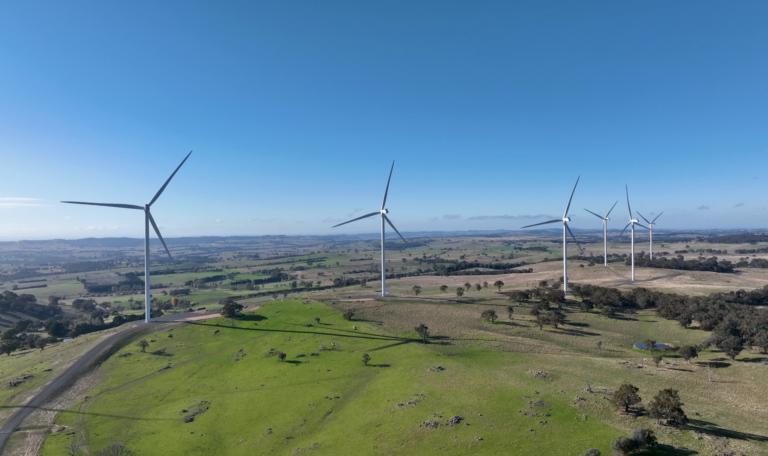
Squadron Energy CEO Rob Wheals said: “The 2024 Integrated System Plan (ISP) reaffirms the comprehensive planning and implementation done to date on

Squadron Energy is investigating potential wind, solar and battery projects approximately 10km north of Buronga and 12km north of Mildura,
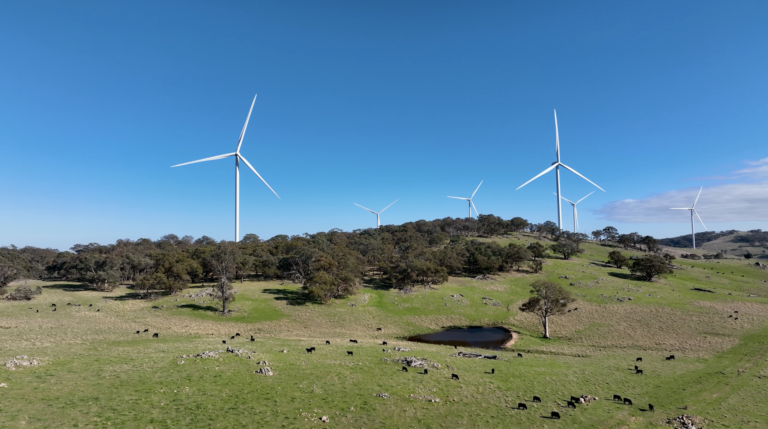
As we continue on our mission to lead Australia’s clean energy transition, we look back on some of our key

We are getting on with the critical delivery of new renewable generation. As confirmed in the latest GenCost report from the CSIRO

Wind energy has come a long way in Australia since operations began at the first commercial wind farm in 1987.
Step 1


Project identification and site selection
Identification and site selection is based on an analysis of opportunities and constraints including (but not limited to): distance to the electricity grid, wind resource and population density of the surrounding community. Our team then undertake a number of site visits and consultation with landowners in the area.
Project identification and site selection
Step 2


Project feasibility and community engagement
Site-specific investigations are undertaken to assess the impacts and opportunities of the project and feedback is sought from the local community.
Project feasibility and community engagement
Step 3


Development approval
Development application documentation is prepared which involves a wide range of studies to address stakeholder feedback received to date and to consider the potential environmental and social impacts of the project. Depending on the jurisdiction, this may include a public exhibition and submissions process.
Development approval
Step 4

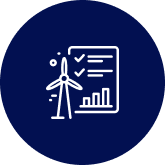
Assessment and development consent
The project documents are assessed by the relevant government authorities. If determined, development approval is granted alongside a range of conditions specific to the project.
Assessment and development consent
Step 5


Post approval, contracting and financing
A lead contractor(s) to build the project is appointed and all pre-construction approvals and consents are finalised. During this phase, the lead contractor(s) is provided with a list of local businesses that have registered their interest and capabilities through the project website.
Post approval, contracting and financing
Step 6


Procurement
During this phase our lead contractor(s) seek tenders and engage contractors and suppliers to undertake the scope of the works. Orders are then placed for major components such as the solar panels, mounting system and inverters.
Procurement
Step 7


Early works and design
Initial site activities start, such as minor clearing and provision of access roads along with establishing a site construction compound. Off-site detailed design works starts in parallel.
Early works and design
Step 8


Major civil works
During this phase of the construction the bulk of the civil works takes place. This includes the construction of new internal access roads, excavation and earthworks (if necessary), installation of the internal electrical reticulation system, construction of the high voltage substation and main transmission line network.
Major civil works
Step 9


Solar equipment installation
This is where the visual aspect of the solar farm starts to appear, with pile driving machines installing the piers and mounting bars onto which the solar panels are then fixed.
Solar equipment installation
Step 10


Commissioning
In order to export power to the grid, each string of panels and inverters is required to undergo several performance tests.
Commissioning
Step 11


Operations
The project operates in accordance with relevant approval conditions and management plans. Compliance with conditions of approval and management plans is monitored as required throughout the life of the project.
Operations
Step 12


Decommissioning
The design life of the solar panels is at least 30 years. At the end of their useful life, the solar and electrical equipment will be either replaced and the solar farm repowered, or the project will be decommissioned, and the site returned to its original use at the expense of the project.
Decommissioning
Download
The project site is within the NSW South West Renewable Energy Zone (REZ). A REZ involves the coordinated development of new grid infrastructure in energy rich areas to connect multiple renewable energy generators (such as solar and wind farms) in the same location.
The designation of a REZ is intended to result in the development of additional capacity for renewable electricity generation, producing low-cost power for NSW homeowners and business, driving down carbon emissions within the electricity generation sector, and importantly, driving job growth and employment opportunities through enabling significant investment into the regions.
For more information on the South West REZ, including an indicative location, visit https://www.energyco.nsw.gov.au/sw-rez
For more information on the South West REZ, including an indicative location, visit:

The wellbeing of the community is a core component of our work. Our approach to engaging with the local community is both genuine and lasting. We own our projects from development right through to operations. This gives us unrivalled experience through the entire project life and provides us with a deep-founded respect for people, communities and the environment.
Our team work respectfully with the communities in which we work, are sensitive to environmental and cultural values and aims to make a positive contribution to the regions in which we operate.
We welcome your contact and feedback should you have any questions or concerns about the proposed Gol Gol Solar Farm.
We share the benefits of our projects by supporting communities over the long term. We do this through a range of opportunities such as community benefits funds, voluntary planning agreements, community sponsorship and grant initiatives.
We recognise that each community is different, and we aim to tailor benefits at each project and make positive lasting contribution to each region.
Each of our projects has a community sponsorship program, which provides funds or in-kind support to community organisations and events in the local project area.
Key areas for the program include:
• Education and training initiatives
• Community development programs
• Health and wellbeing
• Environmental initiatives
Applications are open for community sponsorship. Please contact us using the details below for more information about Gol Gol Solar Farm community sponsorship opportunities. Download and complete the Community Sponsorship Application and forward with any relevant documentation to info@squadronenergy.com.
Alternatively, you can complete and submit the form online via the link below.

